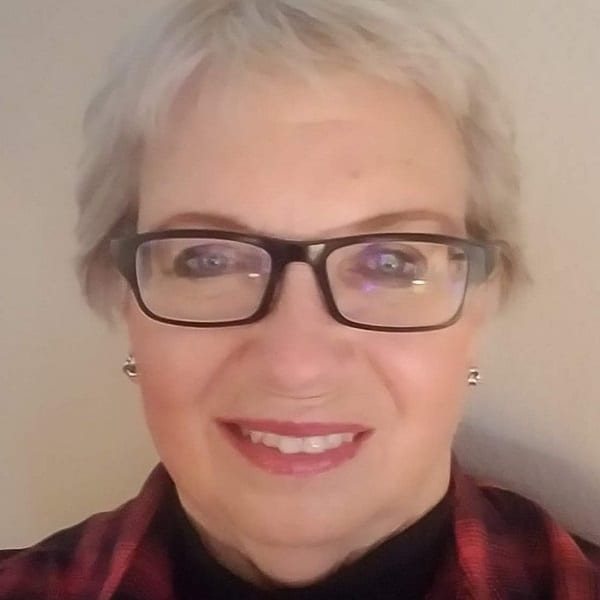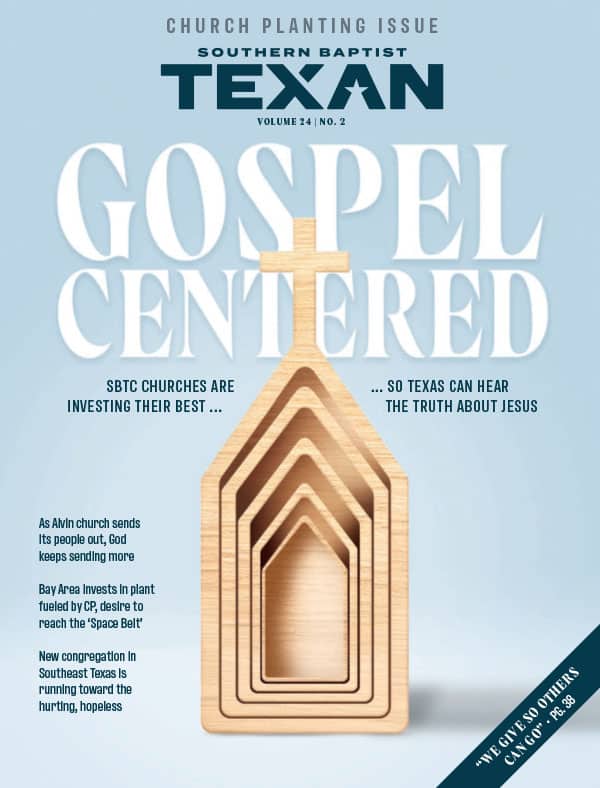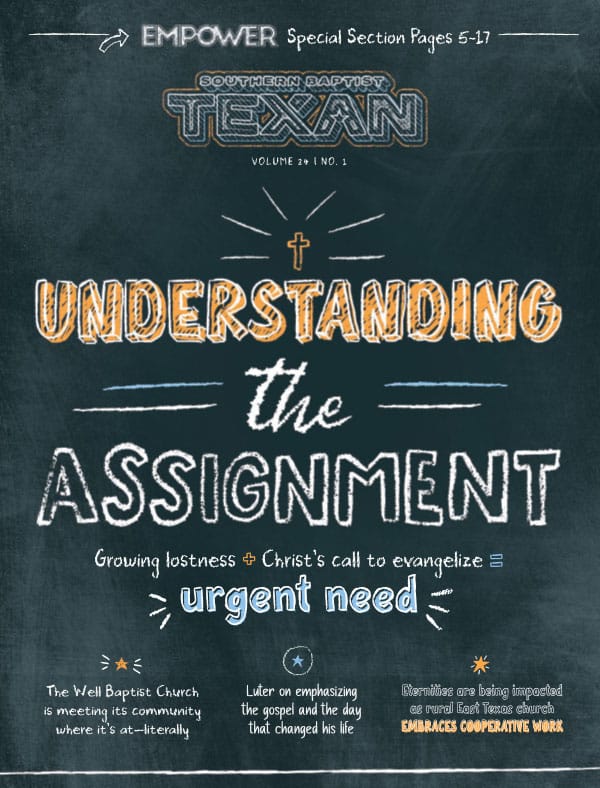Largato, ECUADOR The impoverished parish of Lagarto, nestled near the coast in the province of Esmeraldas, Ecuador, is changing, thanks in part to a dozen Texas Southern Baptist churches that discovered that to break down barriers, you sometimes need to build a wall.
The Ecuadorian partnership was connected to the International Mission Board’s emphasis on reaching unreached people groups and primarily involved churches in the Dallas Baptist Association.
The churches—including ten predominantly African-American congregations—sent teams to Lagarto for the past four years under the coordination of Barry Calhoun, Southern Baptists of Texas Convention mobilization director and church planting associate.
The black Texans ministered to black Ecuadorians, the bulk of Lagarto’s population and a group Calhoun called historically “marginalized and disenfranchised.”
Calhoun said that one translator from Quito helping his groups even announced, in tears, that she had “never been around black people before.”
“And she was Ecuadorian,” he exclaimed.
During the first two years of the partnership, teams focused on providing English as a Second Language (ESL) classes at the local high school. Attended by students and teachers, the classes provided rare English instruction in the town where schools did not offer the subject, although Quito schools had taught English for decades.
This has changed, as Lagarto public schools now include English.
In recent years, missions teams emphasized discipleship instead of ESL, hosting VBS programs and Bible training for adults.
They also built a wall.
For decades, the middle school Unidad Educativa Aurelia Becerra de Quiñonez, surrounded by red brick walls on only three sides, remained vulnerable to vandals and transients who stole from both school and teachers.
“As a project last year, we decided to the finish the wall,” Calhoun said.
Little did they know the significance of this gesture, which provided needed security for the schoolchildren.
So important was the wall, that townspeople, frustrated by the government and school system’s repeated failure to complete it, had boycotted the major local festival in protest earlier that year.
“That tells you how big a deal the wall was to them,” Calhoun said. “When we put the wall up, they were ecstatic.”
This October, when groups returned to dedicate the wall, Calhoun expected a short ceremony. Instead, some 800 students, plus teachers and administrators, poured into the schoolyard for a three-hour celebration featuring special foods and cultural dances.
“It was their celebration of thanksgiving to us,” Calhoun explained. “It was really special for us to see this.”
Rather than a plaque, a bench inscribed with the school’s name formalizes the building of the wall by the African American churches of the SBTC for the people of Lagarto and the children of the school.
While the formal Ecuadorian partnership is ending after its planned four-year run, relationships between the African American churches and the Afro-Ecuadorians will continue.
At the request of Hilda Alvarez, vice-president of the board of trustees of the parish of Lagarto, Calhoun and teams have agreed to return next year to participate in the Life Transformation Conference, scheduled for Oct. 23-29, 2018, addressing community concerns such as drug and alcohol abuse and teenage sexual promiscuity.
“It was impossible to say no. Their teen pregnancy rate is epidemic, even sub-teen rates are up,” Calhoun said, adding that incidences of ten-year-old girls becoming pregnant had even
occurred.
The outdoor event will include from 1,500 to 2,000 kids and adults. Calhoun plans to use the “True Love Waits” curriculum from Southwestern Baptist Theological Seminary and other resources.
“We’ll do some teaching. We’ll also try to reach the parents. We’ve got to change the culture of the parents before we can change the culture of the kids,” he said, adding that a logo had already been sent to organizers in Lagarto to show Ecuadorians that “the American churches are coming to help.”
Calhoun summed up the Lagarto experience with one word: “hope,” noting that discussions were in progress with a young local man who had expressed a desire to become a pastor.
While the Ecuadorian partnership is formally ending, work is just beginning in Havana, Cuba.
“We are still in conversations with a number of people [about Cuba],” said Calhoun, alluding to church planting goals still in the early stages.
SBTC staff attended the Hawaii Pacific Baptist Convention annual meeting this November, Calhoun added, noting that both stewardship and revitalization summits are planned for at least two islands, possibly more, in 2018.
In the continental United States, revitalization efforts in Montana continue, Calhoun said. Near El Paso, Texas borderlands strategies also remain effective, as does the Reach Houston effort, where the Bi-Stone Baptist Association of churches recently agreed to send teams, starting next year, to assist church planters.














